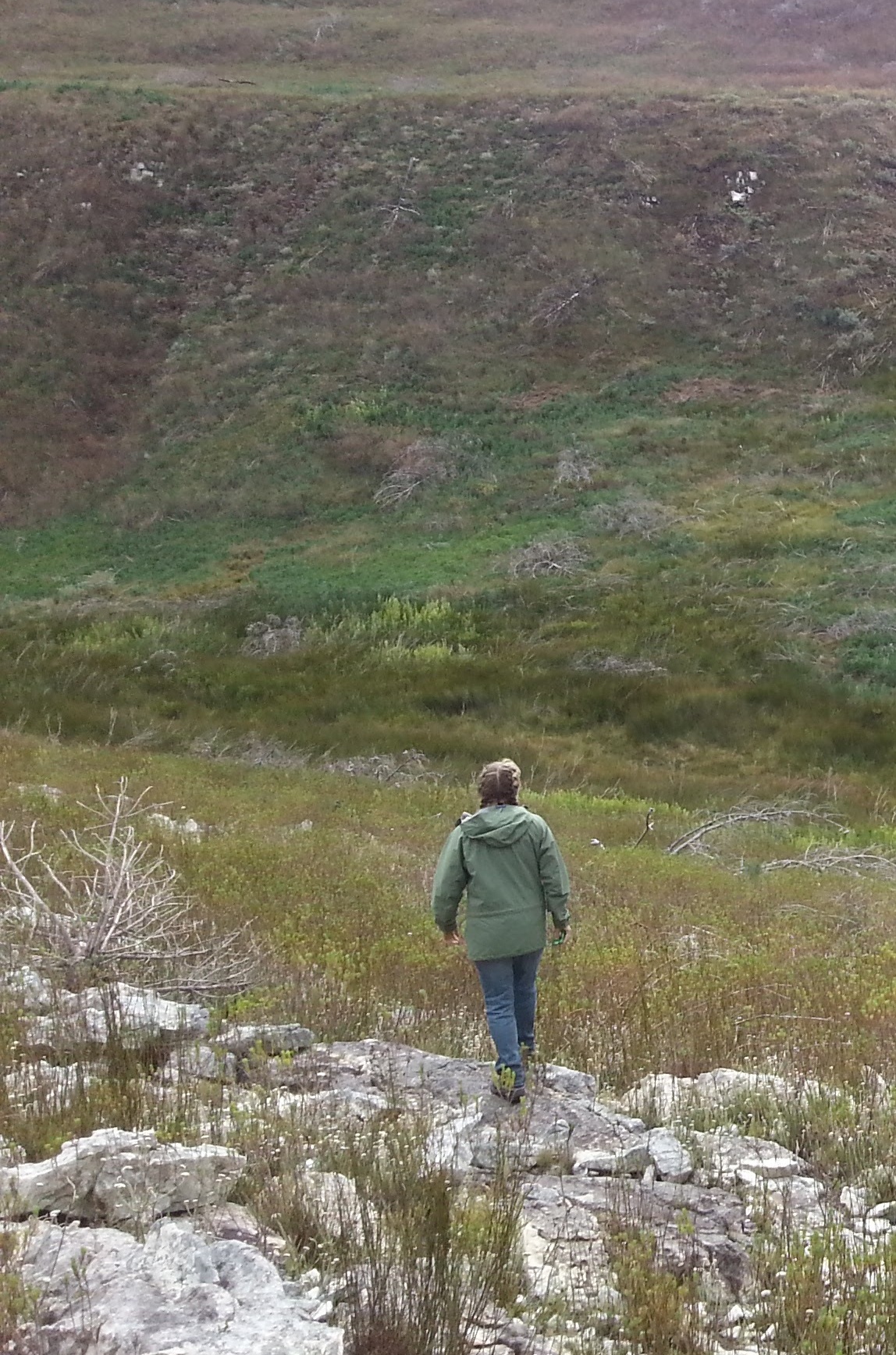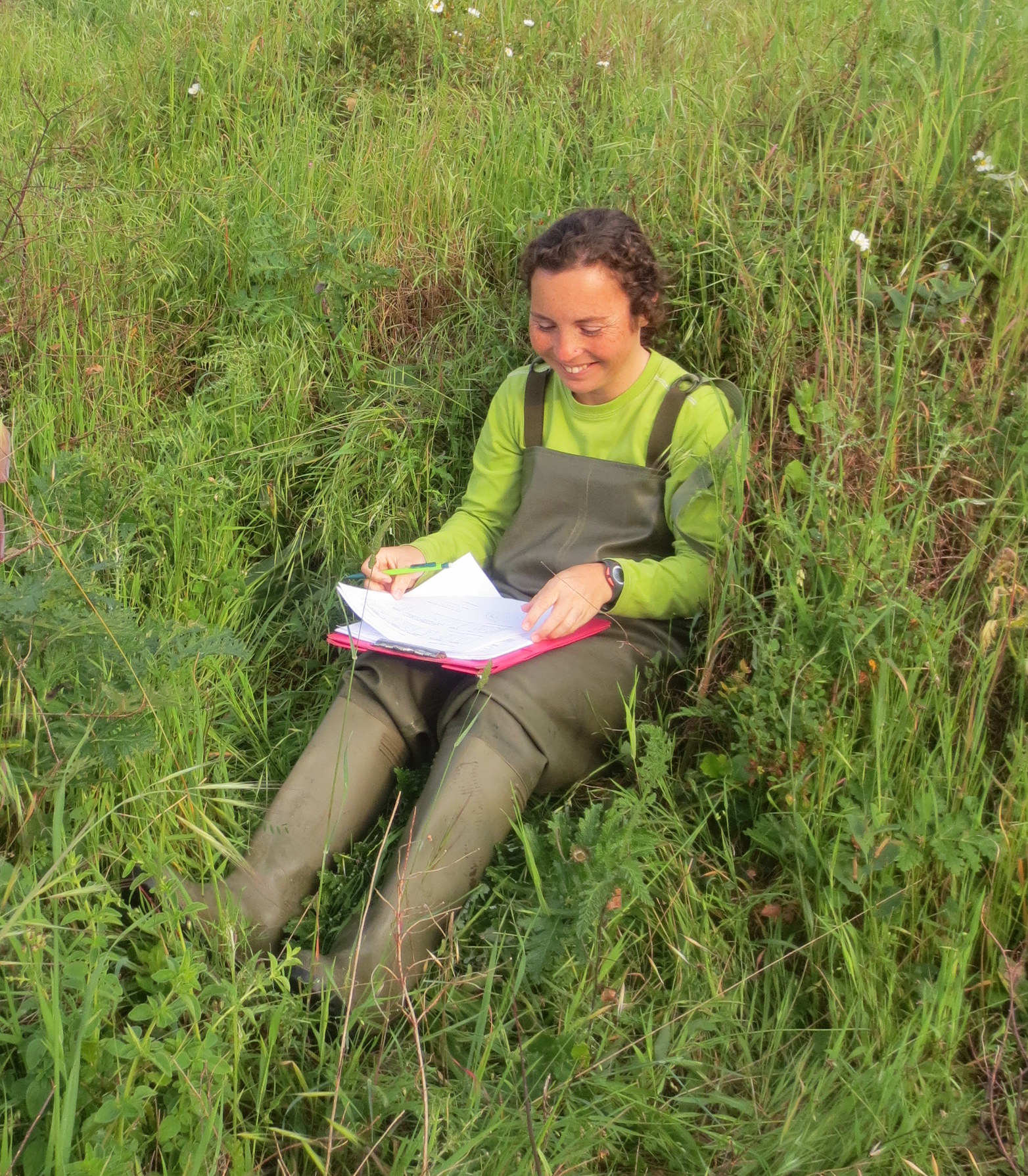Post-Docs
Evaluating restoration success in mountain fynbos Invasive, fire-adapted trees and shrubs are a serious problem in Western Cape fynbos shrublands. This region sustains a high concentration of invasive alien plants and threatened fynbos amphibian species. Invasive plants and their influence on fire regimes may have serious negative impacts on amphibian survival and reproduction, but this idea has remained untested for fynbos species. There are almost no assessments of how effective invasive species control efforts have been in both conserving endemic vertebrates and restoring fynbos vegetation. My research will address the cost-effectiveness of control efforts in fynbos, and identify those approaches that are most likely to lead to success. My research has two objectives: 1) To examine the effects of invasive species removal activities on Arthroleptella populations, a genus endemic to mountain fynbos. 2) To identify factors that influence the success of control projects in promoting native fynbos recovery and supporting Arthroleptella populations. This research thus takes an integrative approach to linking invasion ecology and biodiversity research with restoration practice, and serves as a valuable scientific basis for determining the success of WfW control efforts. from June 2015 with Prof. Brian van Wilgen (CIB-SU) Fighting crayfish invasions in South Africa: how bad is the situation and what can be done? Freshwater ecosystems are some of the most endangered ecosystems in the world and the introduction of alien species is widely recognised as one of its main threats. Freshwater alien crayfish are one of the examples, causing serious negative environmental impacts at multiple trophic levels when introduced in freshwater ecosystems. Although there are no native freshwater crayfish species in mainland Africa, several non-native mainly Australian and North American crayfish species have been introduced to continental Africa since the 1970s. In South Africa, four species of alien crayfish are listed under NEMBA’s National List of Invasive Freshwater Invertebrate Species: the Danube crayfish (Astacus leptodactylus), the common yabby (Cherax destructor), the Australian red-claw crayfish (Cherax quadricarinatus) and the marron (Cherax tenuimanus). However, the presence, distribution, density and impacts of these species are still very poorly known in this country. The main goal of my post-doc is to generate the urgently needed detailed information on the status and impacts of invasive crayfish species in South Africa, using a combined approach of field work and mesocosm experiments. from July 2015 with Prof. Olaf Weyl (SAIAB)

Jen Fill

Ana Nunes